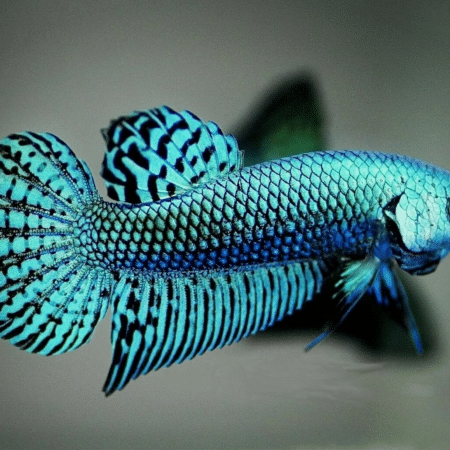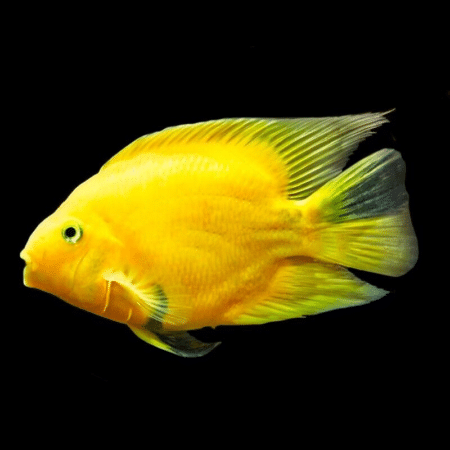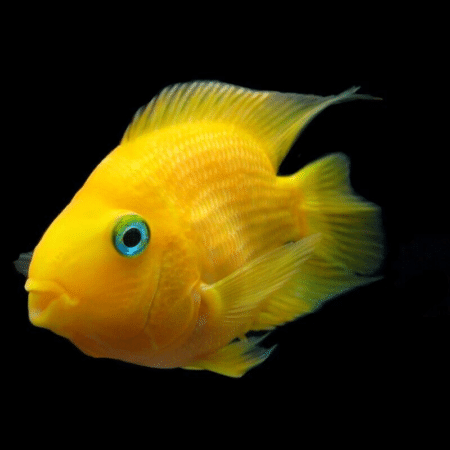-
×
-
×
-
×
-
×
-
×
-
×
Red Devil Vampire Crab - Geosesarma Hagen - Decapod Crustacean 3 × £8.71
-
×
-
×
-
×
-
×
-
×
Golden Eyes Vampire Crab - Geosesarma Sp. - Decapod Crustacean 1 × £8.71
-
×
Subtotal: £657.65






 Red Devil Vampire Crab - Geosesarma Hagen - Decapod Crustacean
Red Devil Vampire Crab - Geosesarma Hagen - Decapod Crustacean 



 Golden Eyes Vampire Crab - Geosesarma Sp. - Decapod Crustacean
Golden Eyes Vampire Crab - Geosesarma Sp. - Decapod Crustacean 

















Emma Turner (verified owner) –
I recently added a Cichlasoma meeki, or Firemouth Cichlid, to my aquarium, and I couldn’t be happier! I’ve been a passionate aquarium hobbyist for over three years, and this vibrant fish is truly a gem. The colors are absolutely stunning, especially when it flares its throat during feeding time. It took about a week for it to settle in, and I noticed it quickly adapted to the tank environment.
This species is known to be a great beginner fish, and I can confirm that it’s been quite easy to care for compared to other cichlids I’ve tried. They have a friendly demeanor and seem to thrive in a well-planted tank with some hiding spots. Just a heads up — they can be territorial, so be mindful of tank mates!
I recommend the Firemouth Cichlid to anyone looking to brighten their aquarium with tropical fish that are both beautiful and relatively easy to manage. My little guy has been a joy, and I wouldn’t hesitate to purchase another in the future. Shipped quickly and arrived healthy, too! Overall, a fantastic experience!
Emily Carter (verified owner) –
I recently added a Cichlasoma meeki, or Firemouth Cichlid, to my tank, and I couldn’t be happier! After about two months of watching it thrive, I can genuinely say these fishes are not just beautiful but have such unique personalities. The vibrant colors and that distinct fiery red on their throats are just mesmerizing when they swim around my community tank. I chose this species because I read they’re suitable for beginner fish keepers, and I must say, they are quite hardy.
I originally considered other cichlids, but their temperament was a concern, whereas Firemouths are generally peaceful, making them perfect for my setup. I’ve also noticed that they are quite interactive, coming to the front of the tank to greet me during feeding time. My only minor concern is that they can be a bit territorial, especially during breeding, so I’d recommend monitoring their behavior closely if you keep them with other species.
Overall, I highly recommend the Firemouth Cichlid to anyone looking to liven up their aquarium with vibrant color and character. They truly bring joy to my tropical fish collection, and the care they require is manageable even for us beginners! If you’re considering a new addition, don’t hesitate – these beauties are worth it!